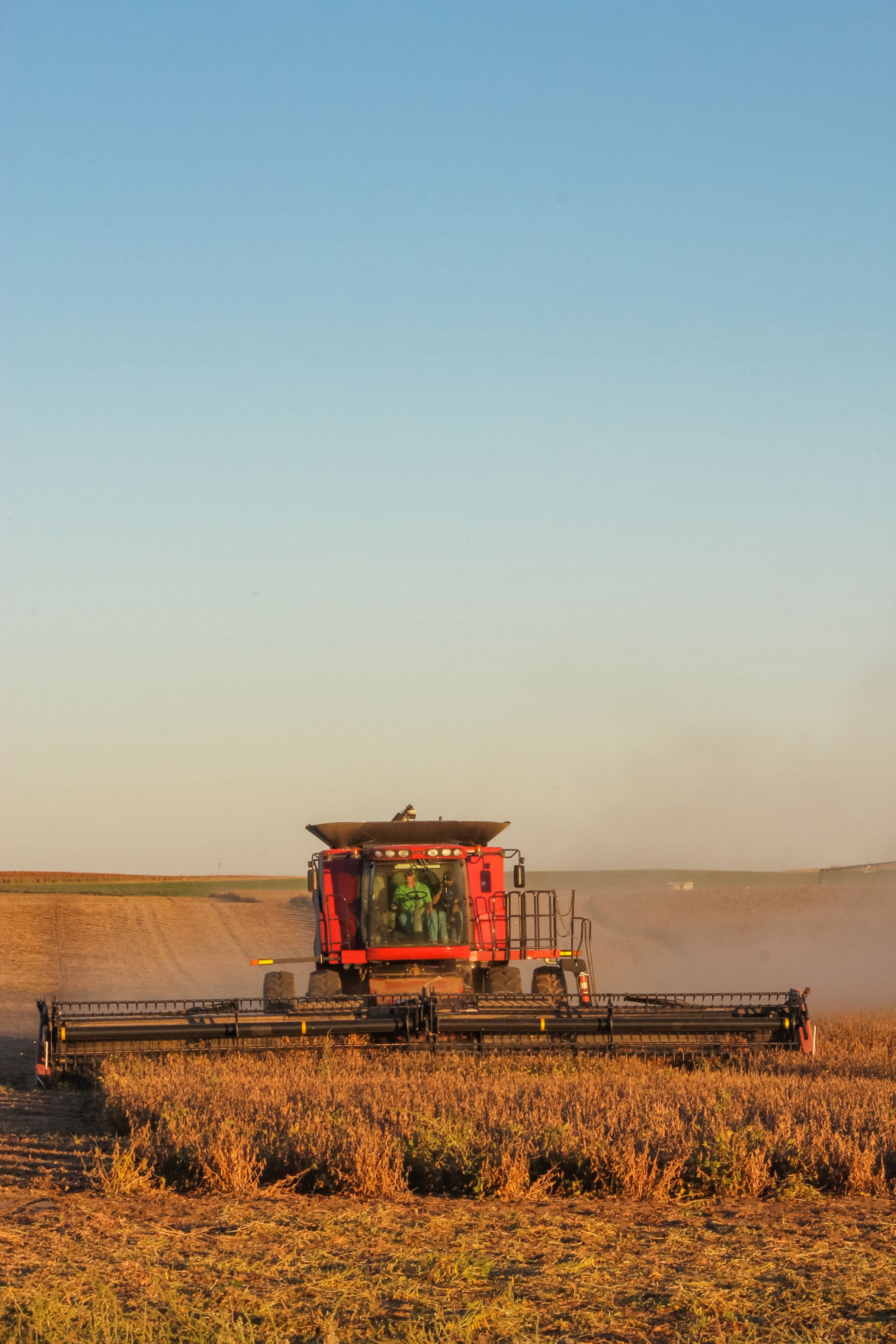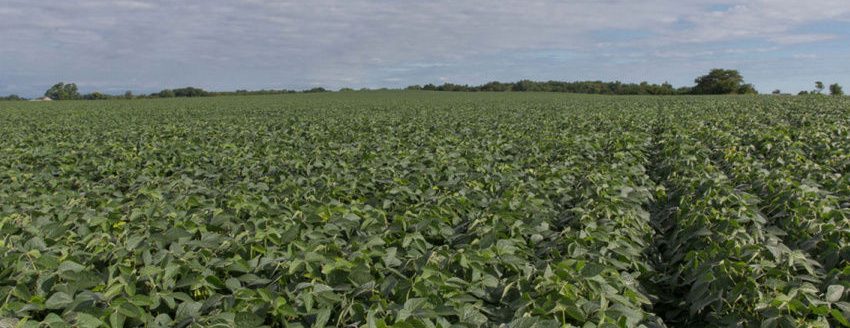Soybean farmers are facing challenging times. Three national associations—American Soybean Association, United Soybean Board and the U.S. Soybean Export Council—are collaborating to make a difference for soybean growers.
American Soybean Association CEO Ryan Findlay said the groups have essentially hit the reset button for the industry.
“Over the last few years everybody has tried to work hard and focus on what they’re doing and maybe we didn’t always talk to each other,” Findlay said. “The reset button, the collaborative effort is—lets communicate about what we’re doing.”
ASA, USB and USSEC are working to advance the soybean industry in the United States. Each is a specific part of the puzzle. Findlay said ASA and the other groups have to be good stewards of the resources farmers are willing to contribute.
“It doesn’t make a lot of sense for us to do something and somebody else to replicate it or USB to do something and then us to replicate it,” he said. “That’s not a good use of farmer dollars especially.”
Findlay said when commodity prices are low, and the agricultural economy is tough, the associations have to be smart about the resources farmers are willing to provide. How do we maximize the use of the resources that we have? Findlay questioned.
“Resource utilization is smart and there are a ton of challenges facing farmers today,” Findlay said. “The stronger we are together—the more collaborative we can be together—the better we will be at attacking the challenges in front of us.”
Polly Ruhland, United Soybean Board CEO, said collaboration between these farmer-led organizations in the soybean industry has always been critical to success. New staff leadership at ASA and USB, and farmer leaders of both organizations have made it very clear, she said, that seamless collaboration is expected.
“Even if the organizations have had bumps in the road in the past, the farmer and staff leadership of all three organizations today remains absolutely committed to the sustainability and profitability of soybean farmers through efficient and collaborative operations of each organization,” Ruhland said.
Each organization performs its own critical function for farmers—be it research and promotion, advocacy in Washington DC or international promotion of soybeans and their products.
“These organizations remaining focused and committed to ‘playing their position’ while practicing close collaboration means efficient outcomes for U.S. soybean farmers,” Ruhland said.
Why is it so important to work together now? According to Ruhland, the opportunities facing soybean farmers, and agriculture in general, are unprecedented.
“From trade, to international competition, to regulatory burdens, to soy’s health reputation in the food and feed customer space, to sustainability expectations. The need for close collaboration on behalf of farmers has never been more important than today,” Ruhland said.
USB chair and soybean farmer from South Dakota, Lewis Bainbridge, said with the constantly changing landscape in agriculture and especially in soybean farming right now, farmer-led organizations need to be working lockstep.
“With the new leadership at USB and ASA, it’s given us an opportunity to reset and focus on what each organization can do to best help U.S. soybean farmers,” Bainbridge said.
Like Ruhland, Bainbridge sees the importance in the three groups working together towards a common goal.
“It’s always important to work together and the three organizations have for a long time,” Bainbridge said. “It’s that we’re doing it with more purpose now that is exciting to me as a farmer-leader and as a soybean farmer who is represented by USB, USSEC and ASA.”
More value back to farmers
One of the main focuses of the collaboration is to get more value back to the farmers. Using the checkoff to do so is one way that can happen, Ruhland said. The high oleic program is a good example.
“Through this investment, the checkoff worked with private industry to accelerate the availability and expansion of high oleic soybean varieties,” Ruhland said.
In the food industry, partially hydrogenated oil will be phased out by high oleic soybean oil in order to comply with trans fat labeling requirements. The high oleic program has the opportunity to reclaim the 4 billion pounds of oil demand that was lost.
“Now that U.S. soybean farmers have shown they can provide a steady supply of high oleic soybean oil, USB is working to build demand for U.S. high oleic soybean oil with large end-use customers in the food industry,” Ruhland said.
Other checkoff projects have made strides in innovation. One such development was a Goodyear tire made with soy-based rubber unveiled last summer.
“This was made possible in part by the checkoff,” Ruhland said. “It’s exciting to see these projects come to fruition and become a real product that farmers and consumers can use.”
Ruhland said the checkoff is also looking at the processing side and what can be done in that step to improve soy products to meet customers’ needs. It is also trying to reach many audiences.
“Our investors—all U.S. soybean farmers—are our priority audience,” Ruhland said. “We want farmers to know how the farmer-leaders on USB are investing soy checkoff dollars.”
USB is also talking to people along the value chain and making sure they’re leveraging USB investments and working together.
“Our partners at USSEC are charged with reaching our international customers and making sure they know about the attributes of U.S. soy,” Ruhland said. “Our colleagues at ASA have the responsibility to interface with government and represent U.S. soybean farmers there.”
Ruhland said at the checkoff, they’re doing their part to support partners at these organizations through research and tools they can use to best tell U.S. soy’s stories to the respective audiences.
“At the end of the day, we’re all working to improve opportunities for U.S. soybean farmers,” Ruhland said.
Findlay said the collaboration is very important for the soybean industry.
It will take time and there’s a couple of projects they’re going to test out to see if they can find the right fit as a group. If not, they will re-calibrate.
“Some of them will work, they will be successful and I think that will be the benefit of all farmers, especially soybean farmers across the country, but this just isn’t a flash in the pan,” Findlay said.
Findlay said the conversations are just now beginning at the top tier of these organizations, and he hopes over the coming months and years to really see the fruits of what the farmer leaders have worked to established.
“That’s a long way of saying, this just isn’t quick. It’ll be around for a while,” Findlay said.
Kylene Scott can be reached at 620-227-1804 or [email protected].


